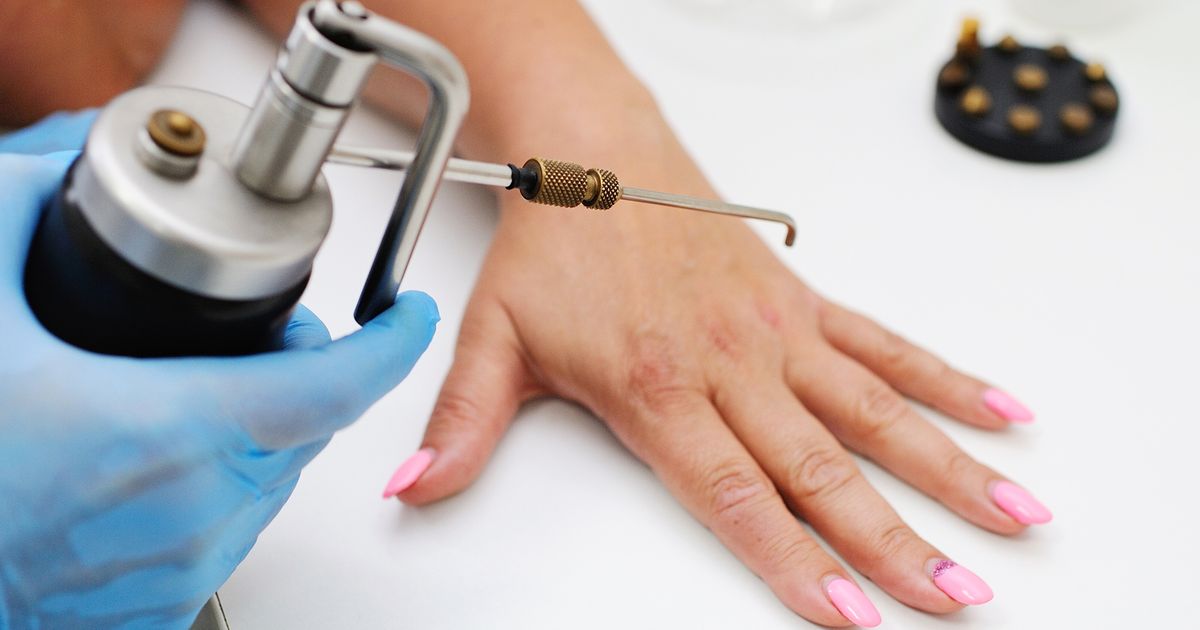Treatment Options For Hyperkeratosis
Cryosurgery

Some hyperkeratosis growths may be treated with a method called cryosurgery, which uses liquid nitrogen to freeze the lesions. A blister usually forms under the treated area, and the skin may be red, sore, and swollen right after the procedure. The blister typically becomes crusted, forms a scab, and eventually falls off within a few weeks. Cryosurgery is most commonly used to treat growths suspected of being cancerous or precancerous. These types of growths include warts and those caused by actinic keratoses or seborrheic keratoses. Liquid nitrogen is the most commonly used treatment for actinic keratosis. This condition causes small, reddish, scaly bumps or very rough, abrasive patches of skin to develop, often due to excessive sun exposure. This treatment option is also effective for a condition called seborrheic keratosis. The skin growths caused by this condition are noncancerous, but can look suspicious. The small brown or black lesions typically appear on the face, neck, shoulders, and back. Thicker lesions may need more than one treatment to remove the affected skin.
Read more about how to treat hyperkeratosis now.